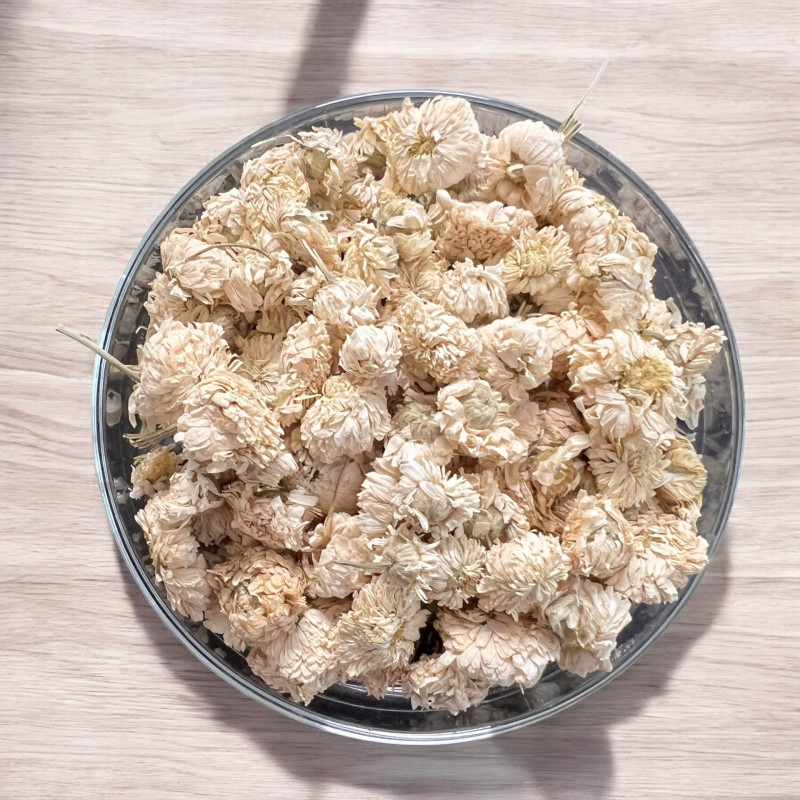
Reference: badianeE


The virtues of these flowers are numerous, and their bitterness is appreciated by many.
With them, you can make calming and digestive teas, as well as soothing lotions for the eyes and hair. They are also delightful in certain alcoholic beverages!
 Delivery
Delivery
Mondial Relay
 Returns
Returns
See conditions
 Payments
Payments
100% secure
- Livré en sachet refermable -
°°°
Uses in Cooking and Beyond
The flowers of this plant are used in cooking occasionally (adding petals as garnish in a salad, for example), often in cosmetics, but mainly in teas. The flower has a bitter taste, so it can be sweetened with a bit of honey and complemented with star anise, whose complementary properties and aniseed flavor enhance the overall taste.
In Teas:
The flowers are especially recommended for:
For External Use:
Using an infusion of a few flowers as a lotion, it serves as a soothing agent for the eyes. For this purpose, you may also add cornflower petals and rose petals. Roman chamomile is also a good complementary treatment for certain skin conditions.
In Beauty Care:
Chamomile is commonly found in lotions, creams, and shampoos (though it lacks the lightening effect for blonde hair that its cousin, German chamomile, possesses).
In Alcoholic Beverages:
You can also make alcoholic drinks like vermouth by adding other aromatic herbs, combining pleasure with health benefits as a delightful (in moderation) and beneficial aperitif.
In the Garden:
Sprinkling chamomile tea on seedlings can significantly reduce damping-off disease.
Who am I?
Origin: France
Scientific name: Anthemis nobilis
Nicknames: Noble chamomile, noble anthemis, Anjou chamomile, fragrant anthemis.
Several plant species bear the name "chamomile." The variety known as "Roman" chamomile is the most common in Europe and should not be confused with its cousin "German chamomile" or "matricaria chamomile," which has slightly different properties but no bitterness.
Roman chamomile is a perennial herbaceous plant from the Asteraceae family, growing 10 to 30 cm tall, found frequently in Western Europe, in sunny, dry, and sandy soils. Its hairy stems end in pleasantly scented, solitary, white or cream-colored flowers (or capitula) resembling pompons that bloom from June to September. The capitula are actually clusters of multiple flowers that form the petals and the center, appearing as a single flower to the eye. Its leaves are fine, highly divided, and a pale green.
It originates from the Atlantic coast regions of Europe (Portugal, Spain, France, the UK, Ireland) and North Africa (Morocco and Algeria). In France, it is primarily cultivated in Anjou, which accounts for more than 90% of the country's production.
Data sheet
Reference: badianeE
Reference: bleuet
Reference: rosepetale
Reference: mauve
Reference: souci
Reference: 112390010
Reference: jasmin
Reference: 10M6810601
Reference: rosepetale
Reference: 408190301
Reference: 26545D
Reference: rosepetale
Reference: bleuet

The virtues of these flowers are numerous, and their bitterness is appreciated by many.
With them, you can make calming and digestive teas, as well as soothing lotions for the eyes and hair. They are also delightful in certain alcoholic beverages!